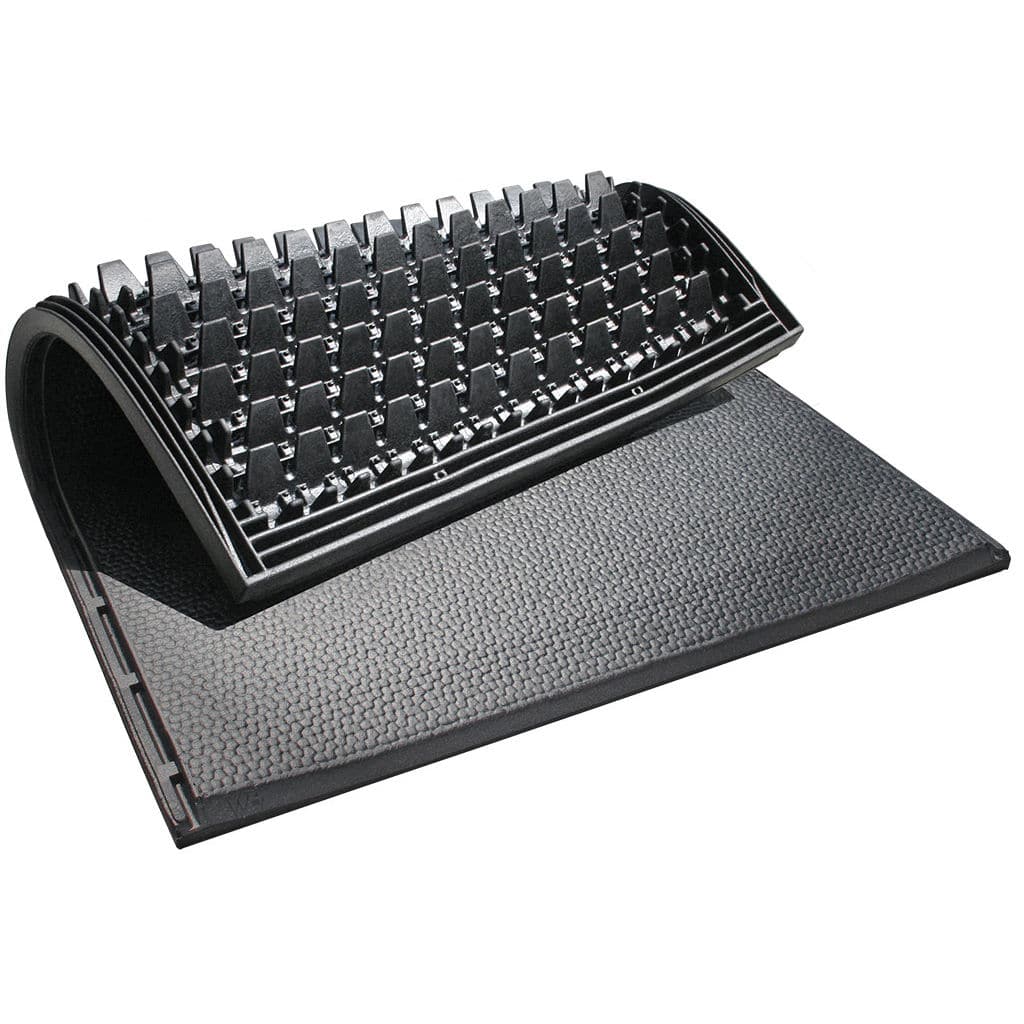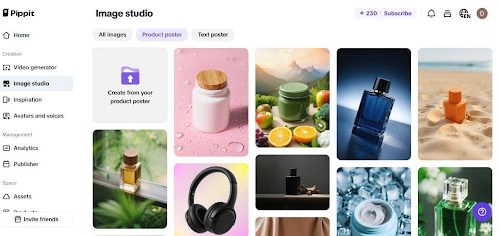
Everything you need to know about Kraiburg rubber
Rubber is an essential part of the manufacturing industry. Technological and industrialization advancements have been impacted majorly by introducing rubber into the manufacturing processes. For example, the assembly of various types of equipment in the automotive industry relies on rubber. Through application technology, process engineering, and product development, high-quality products have been successfully engineered. Some of the products include thermoplastic elastomers for automotive exteriors, interiors and powertrains.
Moreover, technical rubber compounds are used in tire retreading. Nonetheless, to appreciate the value of rubber, it is essential to look at the various polymers used, the products manufactured, and their applications. Here is a look at the variety of polymers used.
Ethylene-propylene-diene monomer rubber
EPDM rubber is characterized by an operational temperature range of negative 50 degrees Celsius to positive 130 degrees Celsius. Moreover, the rubber has excellent hardness ratings of 20-95 shore A. It also affirms a good resistance to steam, acids, alkaline solutions, ozone, and hydraulic fluids. The application areas include windows, door sealings, washing machines, and dishwashers.
Epichlorhydrin rubber
This rubber is known for its low gas permeability and excellent ozone resistance. The optimal range of operation falls between negative 45 degrees Celsius and positive 130 degrees Celsius, while the hardness level ranges between 20 to 90 shore A. Some of the applications which feature epichlorohydrin rubber are seals, membranes, and roller coatings.
Fluoro-silicone
Fluoro-silicone is used in special seals for the automotive and aeronautics industry. The rubber is marked with good thermal stability. Notably, a temperature range between negative 65 degrees Celsius to positive 200 degrees is optimum. Furthermore, the hardness level is marked at 40-80 shore A.
Nitrile rubber, chlorinated polyethylene, styrene-butadiene rubber, natural rubber, ethylene-acrylate rubber, and polyacrylate rubber are other rubber polymers. Nonetheless, here are some of the most popular applications of Kraiburg rubber.
Tires makeover
The retreading process is a simple procedure that can accrue high costs if not managed with quality materials. Fortunately, Kraiburg rubber has materials that are well itemized for immediate use. As a result, losses are kept to a minimum.
Retrading involves hot and cold processes. Hot retrading entails the itemized application of several rubber products like cushion gum, tread sheet, rubber solution, and various accessories. On the other hand, rubber products are used to complete processes such as procured treads, valves, bonding gum, and venting pads in the cold retreading process.
Thermoplastic rubbers
Thermoplastic rubber is a unique type of rubber comprised of copolymers that provide thermoplastic and elastomeric properties. TPEs can be molded into fabricated units since they possess thermoplastic features at high temperatures. Often when they operationalize within the correct temperature, they demonstrate elastomeric behavior. As a result, they display a wide physical range.
Trucks use TPEs within the design of seats and doors. As a result, the surfaces are appealing and have a soft texture. Moreover, the TPE improves rattling and creaking from the truck’s vibrations. Likewise, TPEs provide good UV resistance in the truck’s exterior, enabling a clear look and high-quality surface.
Within the engine compartment, TPE applications have an economic advantage. TPE powertrains have optimal longevity despite exposure to high temperatures and fluids like oils and grease. Furthermore, these compounds are strategically developed for heavy trucks and can be processed in multi-component injection molding.
In conclusion, Kraiburg rubbers perform exceptionally well in the automobile industry. The quality of the rubber is up to standards and cost-saving. Try it now!


























